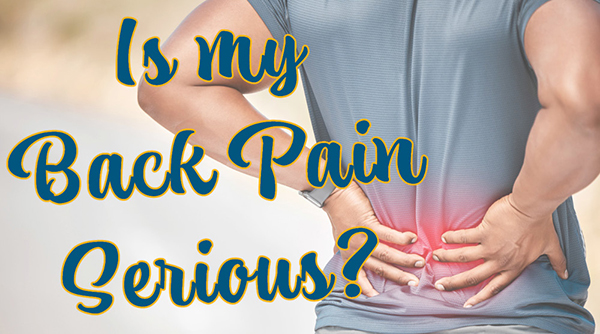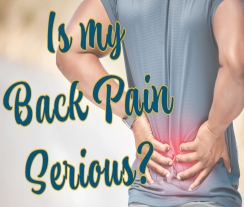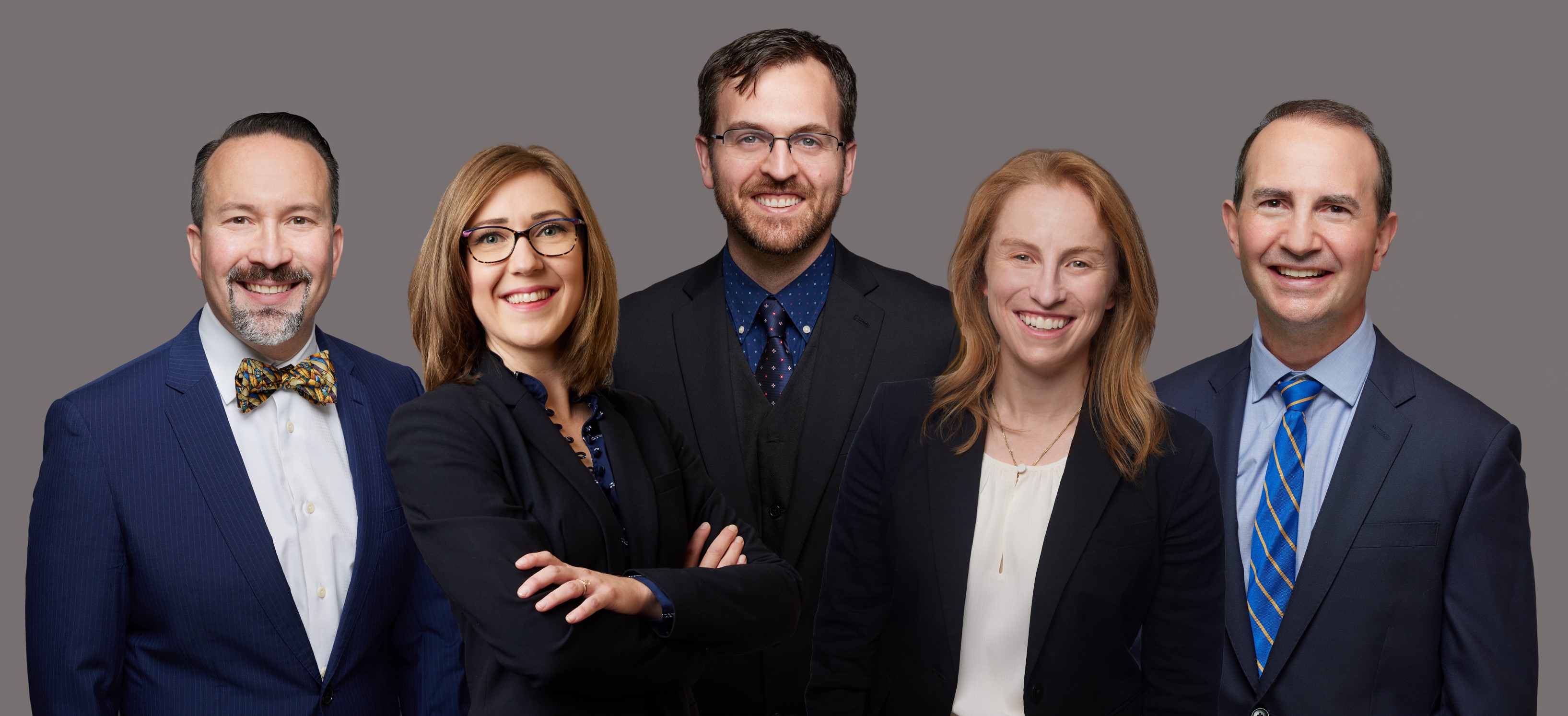
Your spine is an amazing and complex part of your body! It starts at the base of your skull and continues all the way to your tailbone. The part of the spine in your neck is the cervical spine, and the part in your middle back is the thoracic spine. The lumber spine is in your lower back.
The spine is composed mainly of nerves and bone and is surrounded by muscles and fluids. The bones in the spine (vertebrae) are separated by cushiony, fluid filled discs that work like shock absorbers. Even small issues in or around your spine can cause problems, and not only problems in your back. The spinal nerves work like a command center for your entire body. That’s why other areas of your body can be affected when the environment in or around your spine changes. For example, knee pain might be caused by a spine injury and not a knee injury, even though your spine doesn’t hurt. This is called “referred” pain.
THE MAIN CAUSE OF BACK PAIN
The cause of back pain can be relatively minor, such as muscle spasms caused by overdoing an activity, or by twisting the wrong way. This type of pain is called “acute” pain, which is pain that happens suddenly but goes away after a short period of time. However, some types of back pain are chronic, which means they don’t get better over time.
Two major causes of chronic back pain are pain caused by degenerative (mechanical) changes and neurogenic (nerve) pain. These two causes of chronic back pain often occur together.
Mechanical (Degenerative) Changes
Mechanical changes to the spine tend to occur over time as we age and are often related to arthritis. These changes can result in the spaces between the bones of the spine becoming narrower, which is called spinal stenosis. The term “stenosis” means the narrowing of a passageway. Narrower spaces in the spine can put pressure on spinal nerves. Sometimes a bulging (herniated) disc can cause stenosis, as can trauma to the spine.
Spinal stenosis is a common cause of back pain, particularly in the cervical and lumbar spine. Some people with spinal stenosis may have no symptoms at all. Others might feel tingling, numbness, or muscle weakness running into in the arms or legs; this is called “radiculopathy.”
Spinal stenosis does not get better on its own. Severe cases may require surgery to remove some of the bone or disc that is pressing on the nerves. Although surgery may provide relief from nerve pain, there still may be some aches and pains in the spine if arthritis is also present.
Neurogenic (Nerve) Pain
Neurogenic pain (also called neuropathic pain) in the spine can happen when the spinal nerves are damaged in some way. The most common cause of neurogenic spine pain is spinal stenosis.
Spine pain caused by nerve compression can cause “neurogenic claudication.” With neurogenic claudication, a person might limp while walking or feel leg cramping, but sitting and not walking around often relieves the pain. Spinal stenosis can also cause radiculopathy, for example, sciatica. Unlike claudication, pain from radiculopathy can occur during activity or rest.
If your back pain is limiting your day-to-day activites, don't wait to get it checked out by our Spine Team here at Orthopedic + Fracture Specialists. We're here to help you Put Your Life in Motion!


